Triangle Painting: an exploration in the role of furniture and art in our living spaces
I made the table using plaster and chicken wire, and when a cup is placed on the table the painting moves. This sculpture explored how furniture could be used to make living spaces more engaging.
This work inspired an exploration in Self-bettering systems in clothing and everyday appliances (Presented at the Theoretical and Foundational Problems in Information Studies Conference):
In an empty room with a person sitting on a chair there are infinite important interactions that I believe are taking place: the human and their consciousness, the human and the air, the air and the chair, the human and the chair, and the contemporary and historical context of the outside world with each item in the room (the chair, person, and air), the clothing on the person and the skin, the clothing and the chair, ect.. Furthermore, in this interaction the rigidity of the chair, the way it is positioned, the ethics behind how the materials in the chair are sourced, and the direction in which the slight breeze from the tiny corner window in the room flows all facilitate or hinder a feeling/narrative. I believe there is meaning to be found and explored in each interaction to better understand human decision making (appliances as sensors for training). Furthermore, each of these interactions can be important interfaces to display data and information (appliances as displays).
As humans we are surrounded and constantly inundated with information — much of which is irrelevant or too overwhelming to absorb. Furthermore, the methods in which we consume information are isolating and sometimes language itself does not have enough dimensions to convey complex human narratives. There must be a way to transform everyday spaces and everyday objects —such as clothing and furniture — to become new generative interfaces to facilitate communication both from the internet to humans and also between humans. Additionally, these appliances must be smart on their own and adapt to become “better” interfaces — taking feedback from the human, environment, and global context. The goal of becoming better can be reached in two main ways: the information that is conveyed sourced from Insight Engine 2.0 and the interfaces themselves physically transform. The physical structural design and UI design of these interfaces would be themselves outputs of neural networks that grow and change in real time. The inputs would be embedded sensors. “Better” can be defined as interfaces that make people more engaged with information and happier.
Clothing is one of the most intrusive inanimate objects in our lives. Stuck to our skin, our favorite jacket, experiences the world with us. From a walk outside to Untitled 2 going to the bathroom, clothes can learn our most practiced and also most candid habits. I believe that clothes can both be a sensor —as explored by MIT researches in A tailored, electronic textile conformable suit for large-scale spatiotemporal physiological sensing in vivo (2020)— but also can serve as a communicator. The sensor information would better craft the knowledge graphs to source relevant information. Information can be conveyed using AR, changing the temperature of the fabric, the rigidity of the material, the softness of the fabric, the color of cloth, and Bluetooth communication to better facilitate a narrative. The sensing and the communicating would learn to train a neural network that creates the “best” article of clothing. This thinking translates to furniture as well.
Although this is a very exciting area of study for me, it is also scary. I would like to highlight some areas that concern me. The information displayed being so personalized allows individuals to overlook different perspectives that are important for humans to be open minded and interact with people with ideologies that conflict with personal beliefs. Different new perspectives allow for kinder humans. However, this can be taken into account when crafting a neural network. Additionally, having a network of such high volumes of data documenting everyday life could allow for exploitation of information. I am excited by the prospect of discussing and exploring a world where clothing and furniture morph to assist a happier life.
References
Wicaksono, Irmandy, et al. “A Tailored, Electronic Textile Conformable Suit for Large-Scale Spatiotemporal Physiological Sensing in Vivo.” Npj Flexible Electronics, vol. 4, no. 1, 2020, doi:10.1038/s41528-020-0068-y
Keywords
· AI
· AI and Ethics
· EI- Extended Intelligence
· Furniture
· Textiles
· Insight Engine
· Sensors
· UI
· Happiness
Selected Works
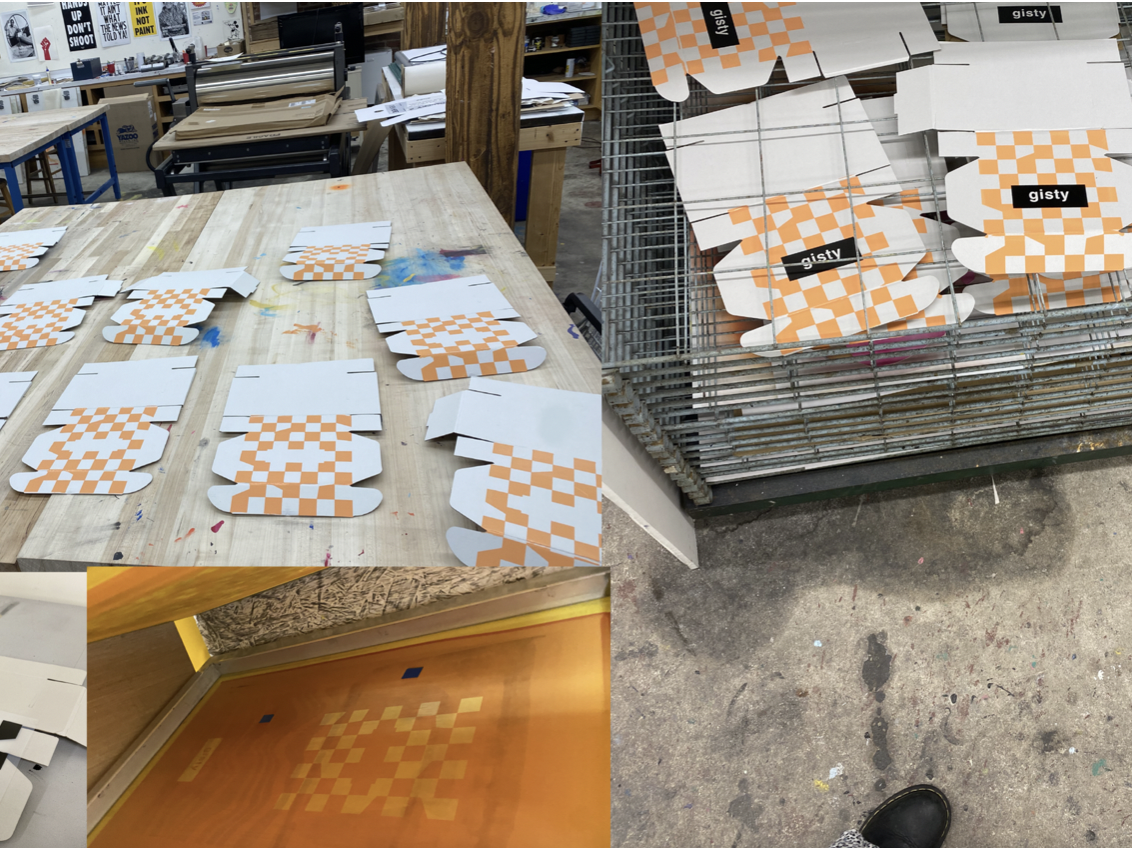
Gistyengineering tutorial platform and subscription service to teach engineering to teenage girls and artists
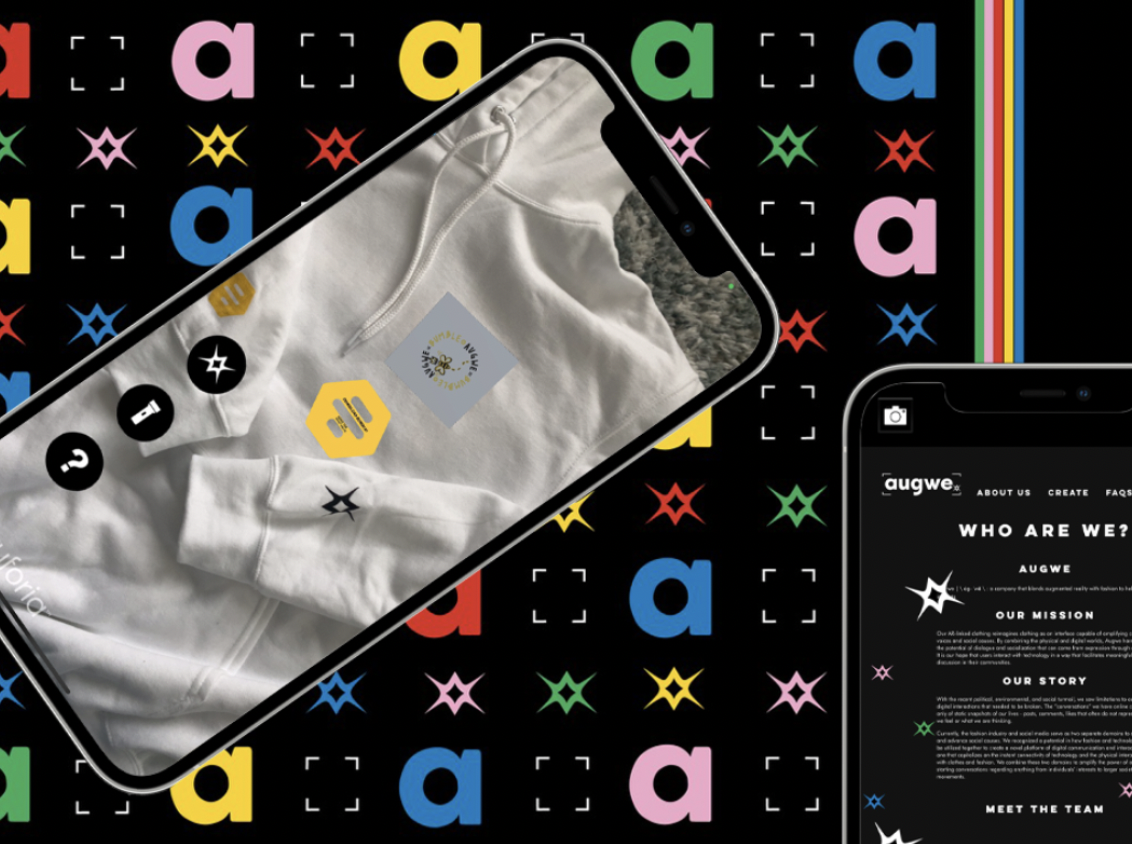
Augwea company that blends augmented reality with fashion to help share interests
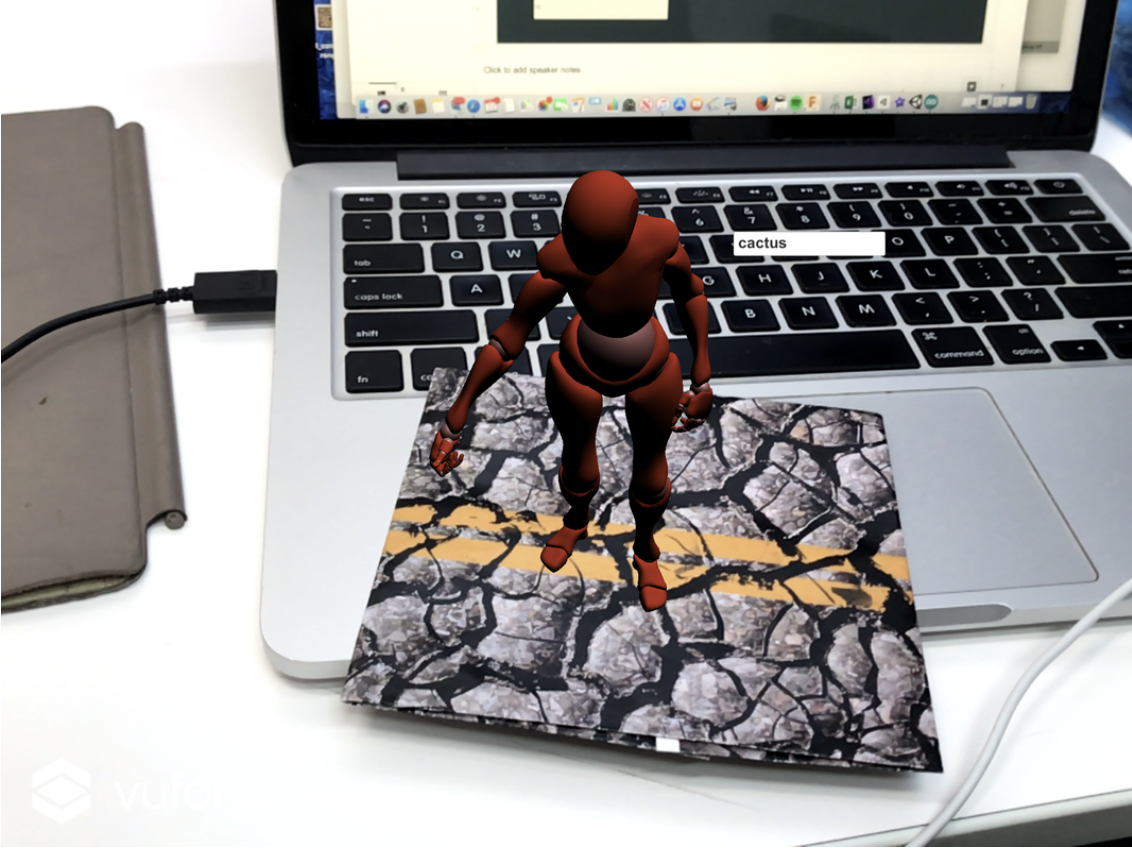
AR Gardening Aid (MIT Media Lab)augmented reality app to assist people in indoor gardening
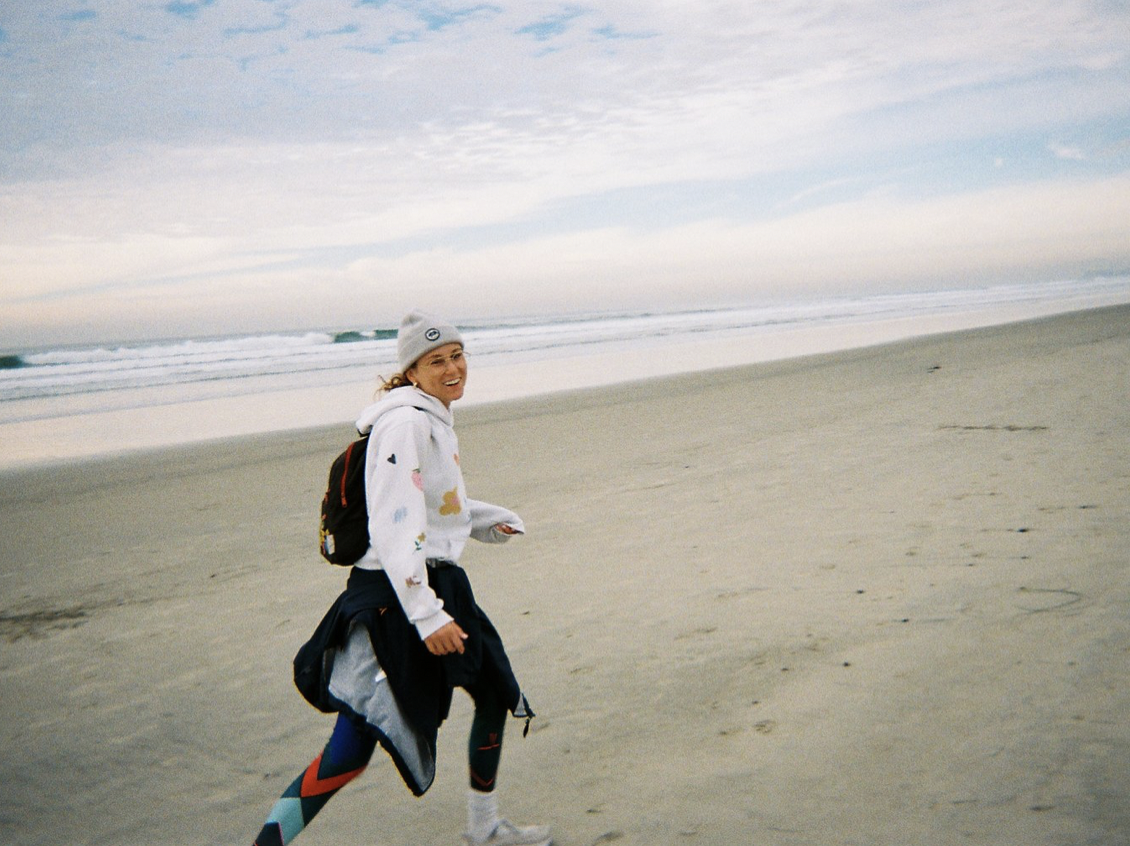
Hoodiemade and sold a hoodie to support healthcare management and education for underprivileged girls and women
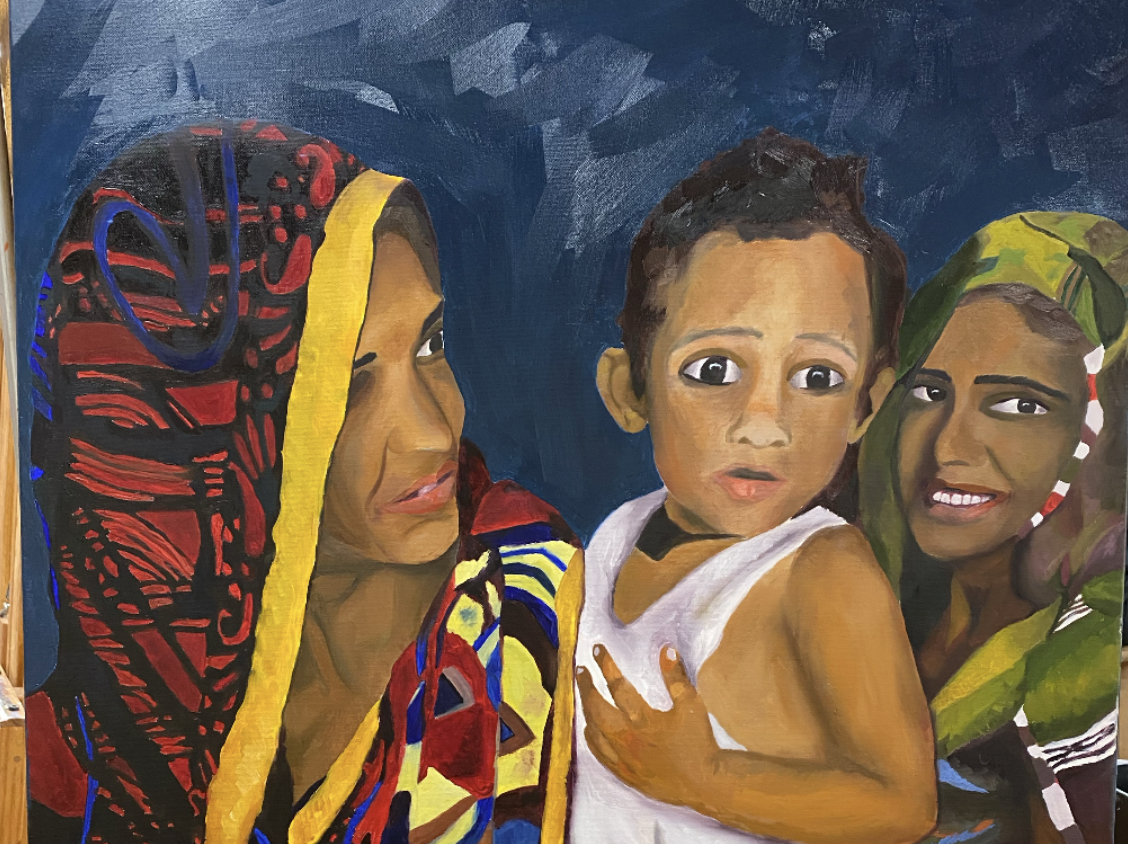
Paintings/Drawingssome of the art I have made over the years
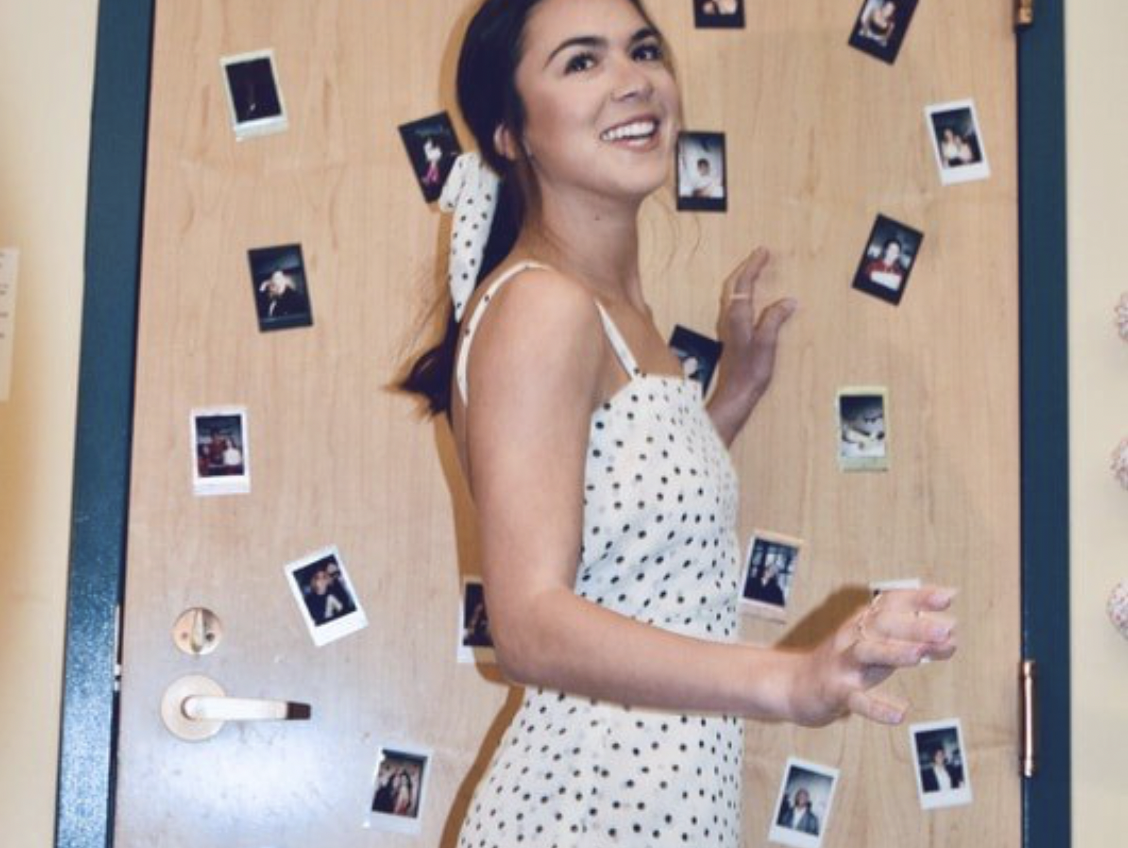
Sewing Projectsthings I have sewn over the years
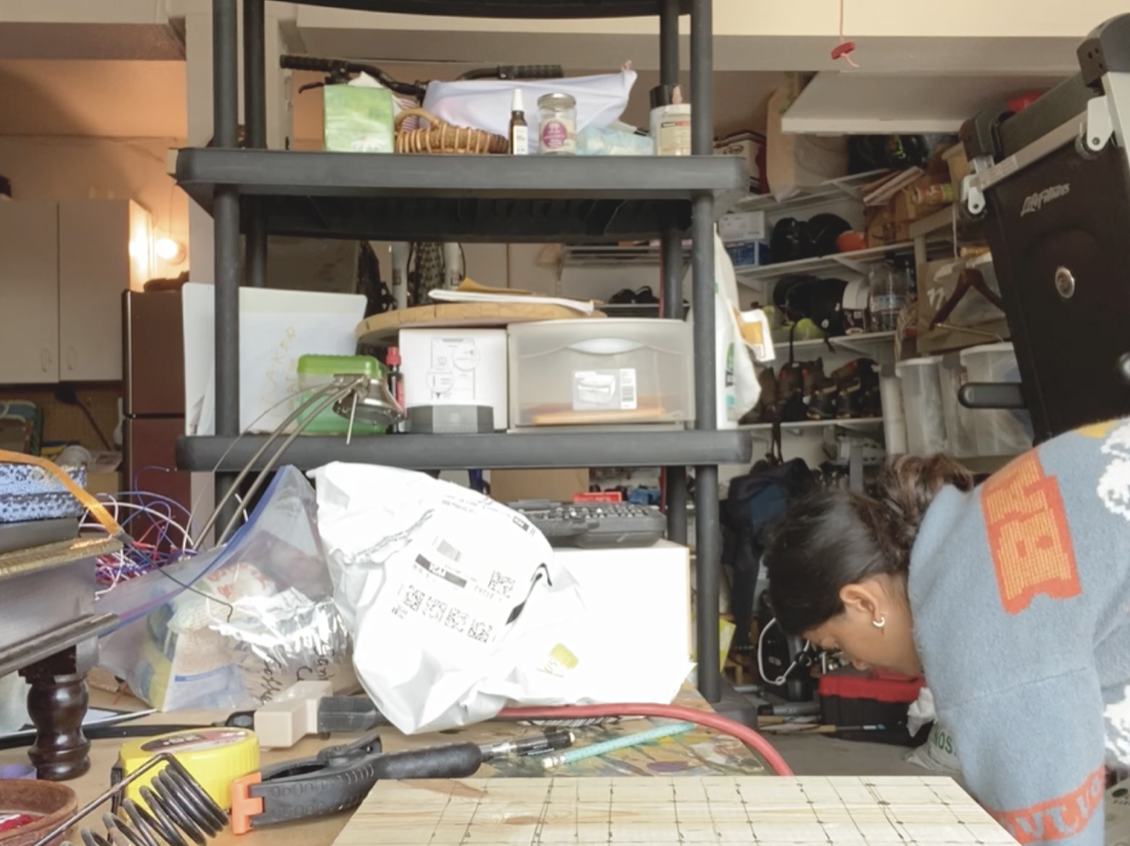
Finite State Machine Lampdesigned a processor, instruction code, and a lamp
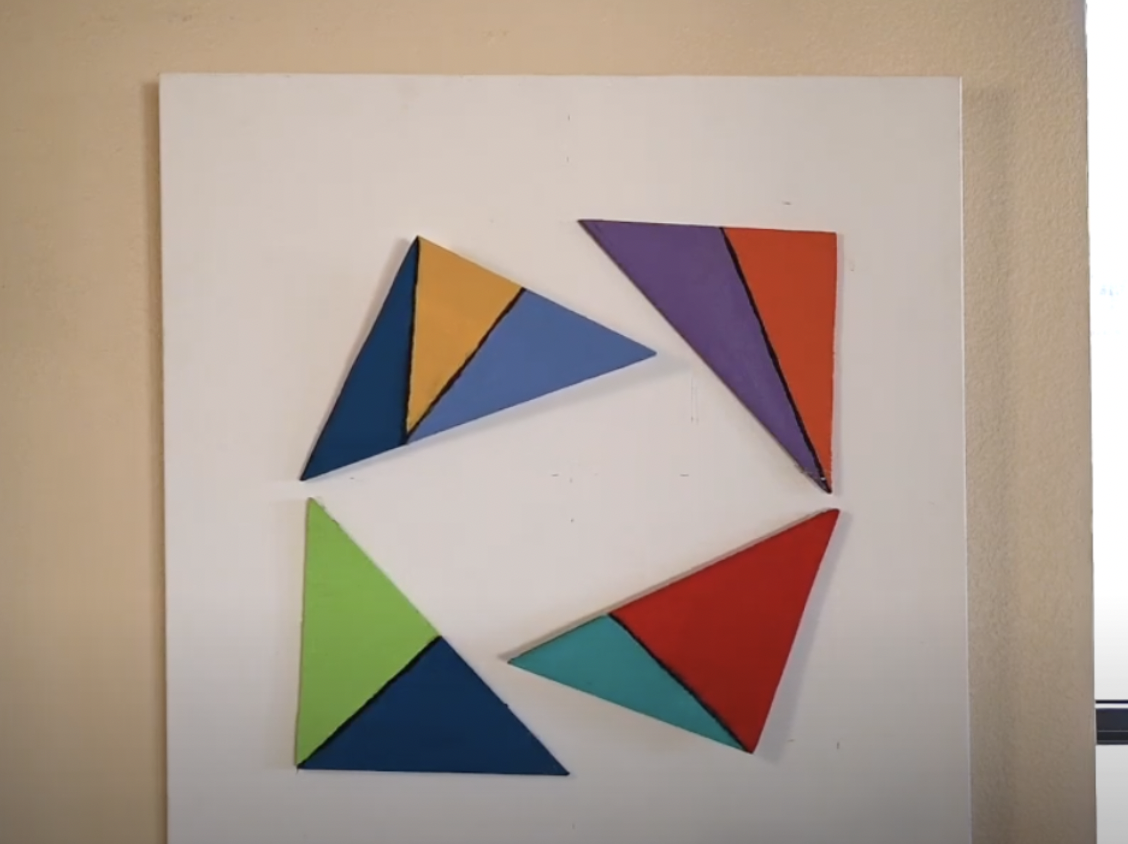
Triangle Paintingan exploration of the role of furniture and art in our living spaces
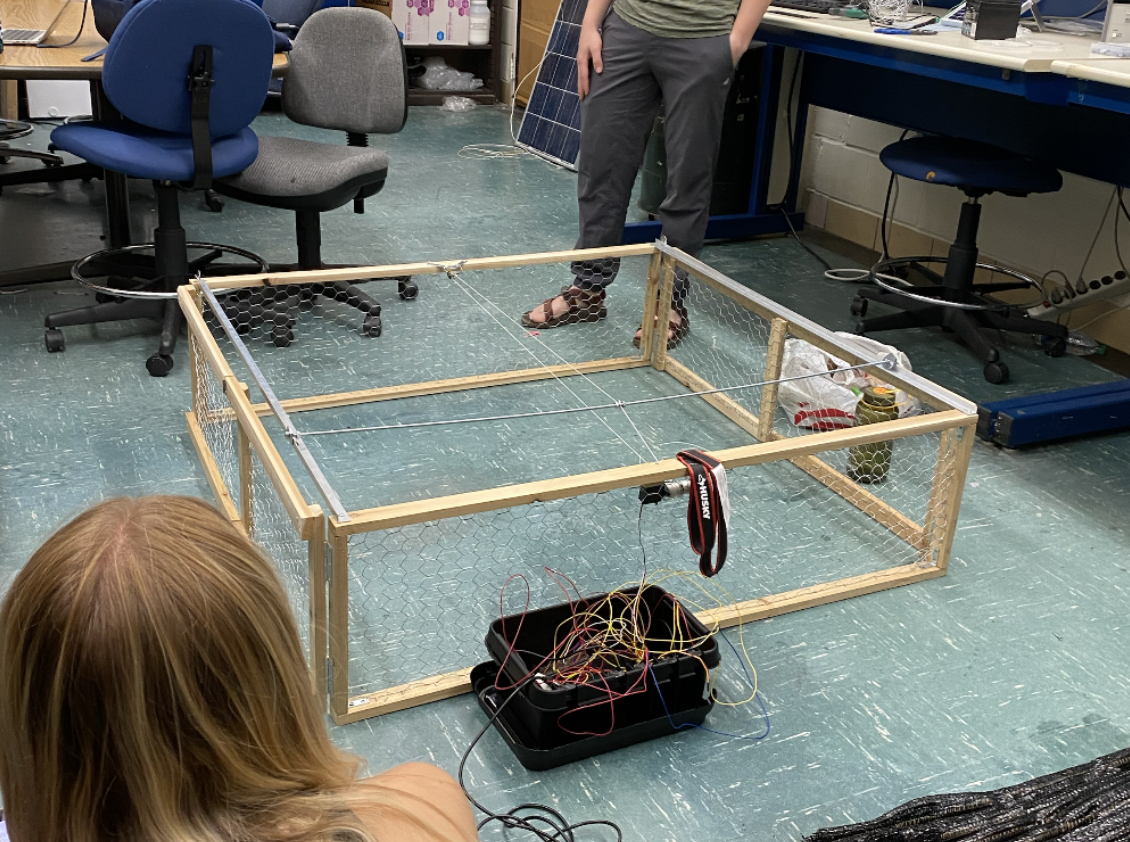
Smart Greenhousesensor system to remotely monitor plant health
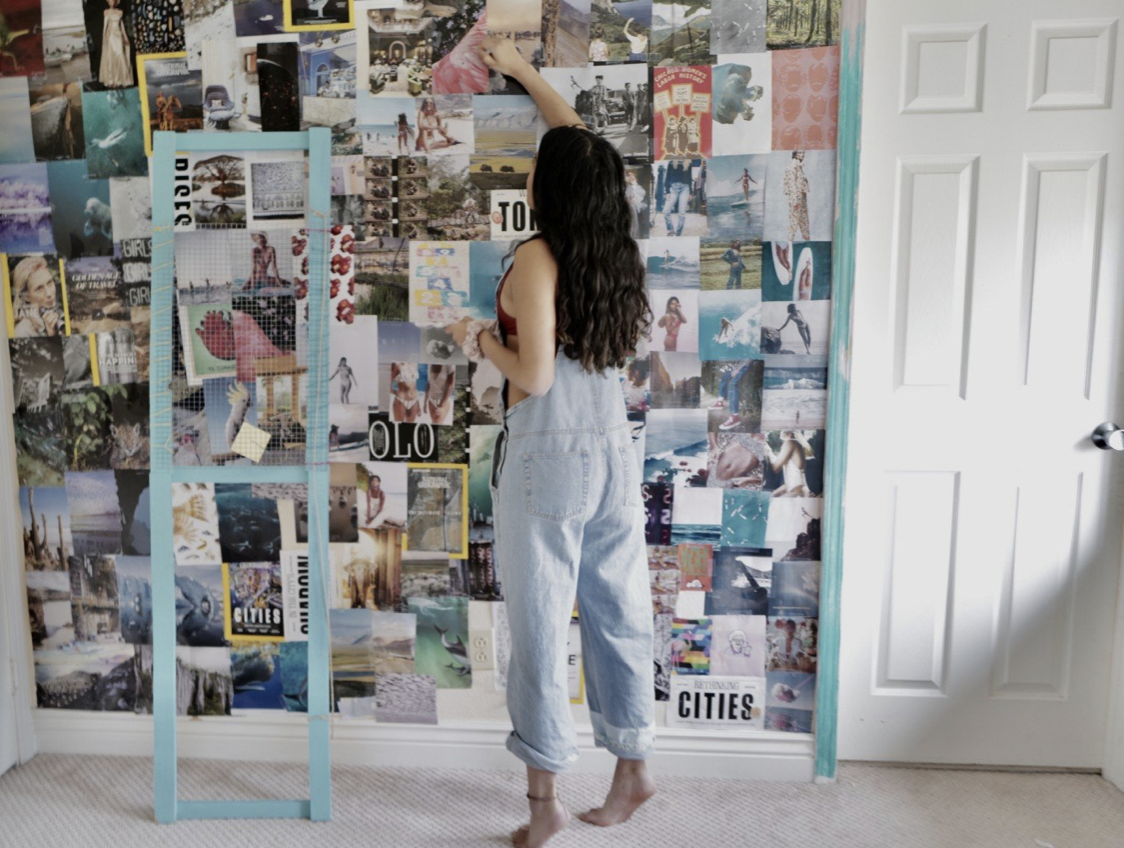
Quarantine Walla collage installation
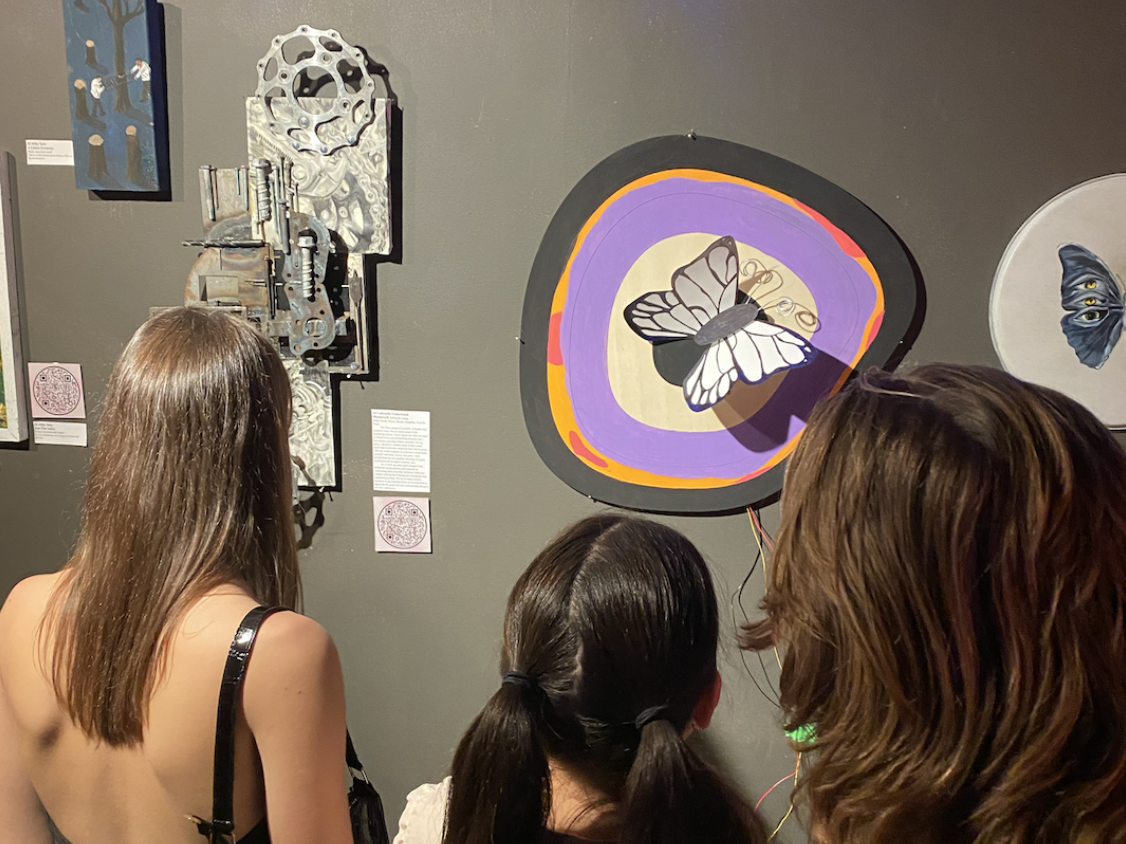
The Butterfly tech based sculpture presented at an art exhibition
Let's talk!
